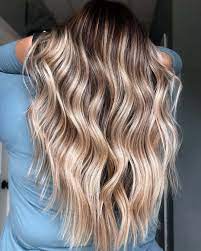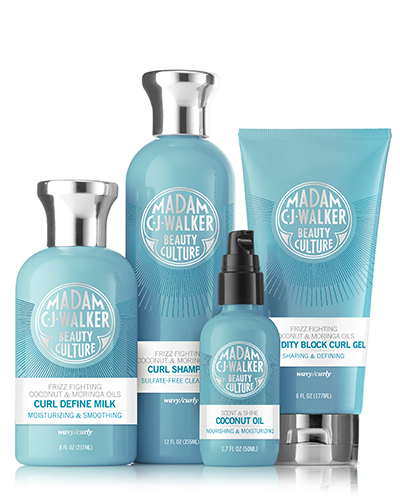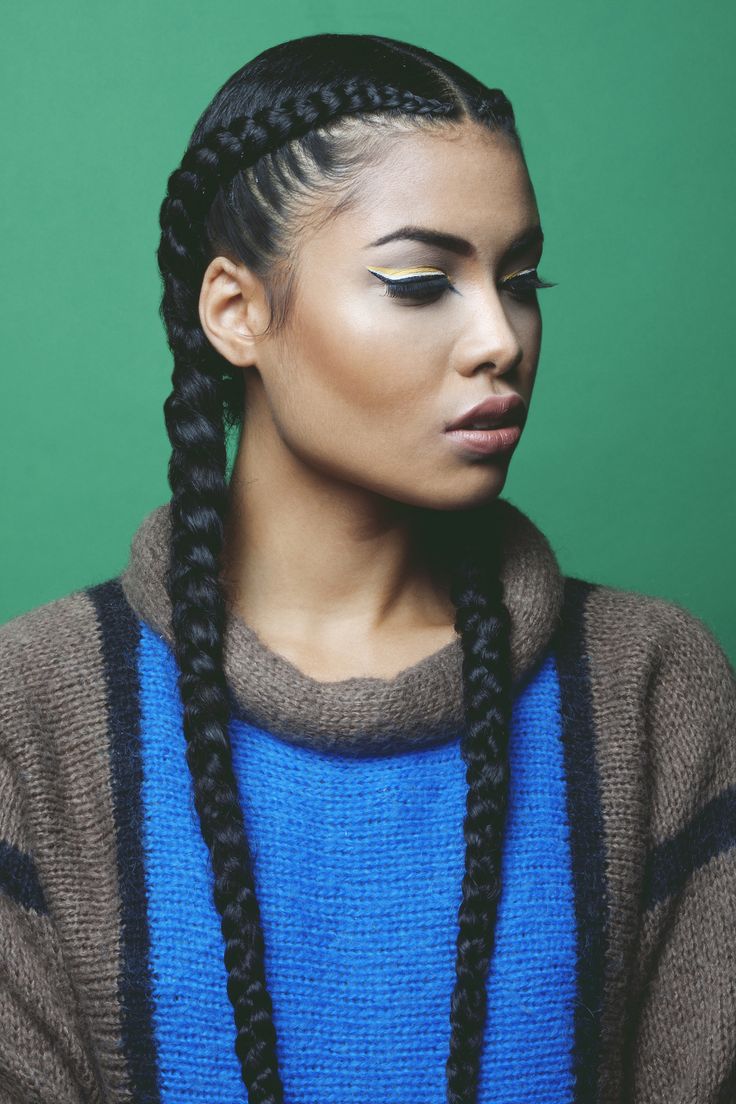
Lowlights offer more subtle changes with reduced damage due to not needing bleach lightener to lift strands of hair lighter, which allows for more gradual transformations and less breakage than their highlight counterparts. Blondes may use honey or strawberry blonde hues to deepen their look, while brunettes might prefer mocha brown or chocolate shades. Redheads can add copper or caramel hues for an additional warmth and vibrancy boost.
Highlights
Highlights are sections or strands of dyed hair dyed in lighter tones than your natural base hue, making them the ideal way to brighten up any look instantly. They can be applied strand by strand for an ombre effect, or applied all at once using larger panels for a more dramatic impact. Highlights typically lie 2-3 shades lighter than the base color – meaning for brunettes, this means honey or golden hues. At the same time, redheads typically opt for coppery caramel hues, while blondes have plenty of options from strawberry blonde to platinum.
Though YouTube provides plenty of highlighting tutorials, professional colorists should always be your first call when looking to achieve desired highlights. A trained colorist can apply them using foils, balayage (freehand painting), or other methods, tailoring their application according to skin tone, eye color, or other considerations when developing your perfect palette of highlights.
Highlights can do more than brighten your overall appearance; they can help bring out the best in your complexion by drawing attention to specific features like your eyes or cheekbones, framing your face for a slimmer appearance, or giving the impression of more volume. Furthermore, highlights work equally well regardless of hue – from total platinum blonde to deep chocolate brown!
Lowlights may come at a lower cost; as they involve bleaching the hair, highlights can require more upkeep. To lower costs and damage, request low-contrast highlights within two shades of your base color; select only a few around your face, or opt for balayage instead of foils. Another way to cut maintenance costs is using color-safe shampoo and heat protectant when blow-drying or flat ironing your locks to help ensure highlights don’t fade too quickly during styling or washing processes; additionally, use masks or deep conditioner once weekly to keep strands healthy-looking.
Lowlights
Lowlights have become an increasingly popular trend, providing a subtle way to brighten and define the tone without overdoing it with bleach. But sometimes you want a more profound and dimension to your color – that’s where lowlights come in! This popular salon technique uses dye to shade dark strands rather than lighten them.
Brassy tones can add warmth to your highlights while creating contrast and dimension when used with dark or medium brown base shades. Brassiness caused by too much sun exposure can even be corrected using them!
Lowlights can add depth and warmth to your hair color, especially for brunettes! When considering full-head lowlights, please consult with your stylist first so they can suggest the most suitable hues. They should also provide ideas and inspiration so you find your ideal style!
Lowlights offer another advantage over highlights in terms of being less damaging to the hair since they don’t use lighteners to lift individual strands. This makes lowlights an excellent option for those with fine tresses concerned about damage; however, make sure only licensed professionals perform your highlights and use products specifically created to prolong their longevity, such as shampoo and masks designed to treat colored locks to extend the life of lowlights.
Whether you want a dramatic balayage look or just some subtle lowlights to break up your current shade, this beautiful coloring technique won’t disappoint you! Just be sure to use a color-safe shampoo, hair mask regularly, and heat protectant before blow-drying or flat ironing (hot tools can damage coloring!). Touch up lowlights every 4-6 weeks, so they stay looking vibrant.

